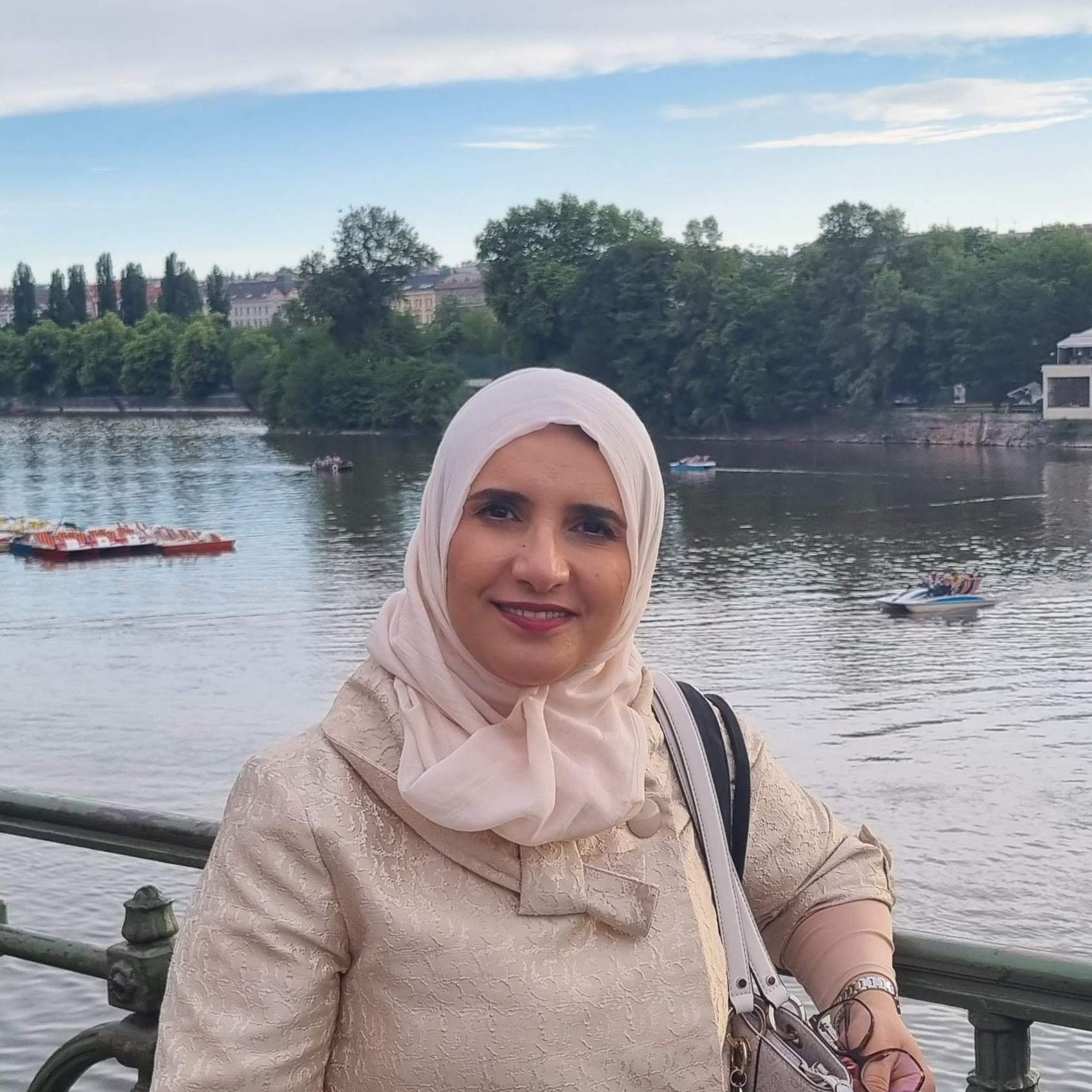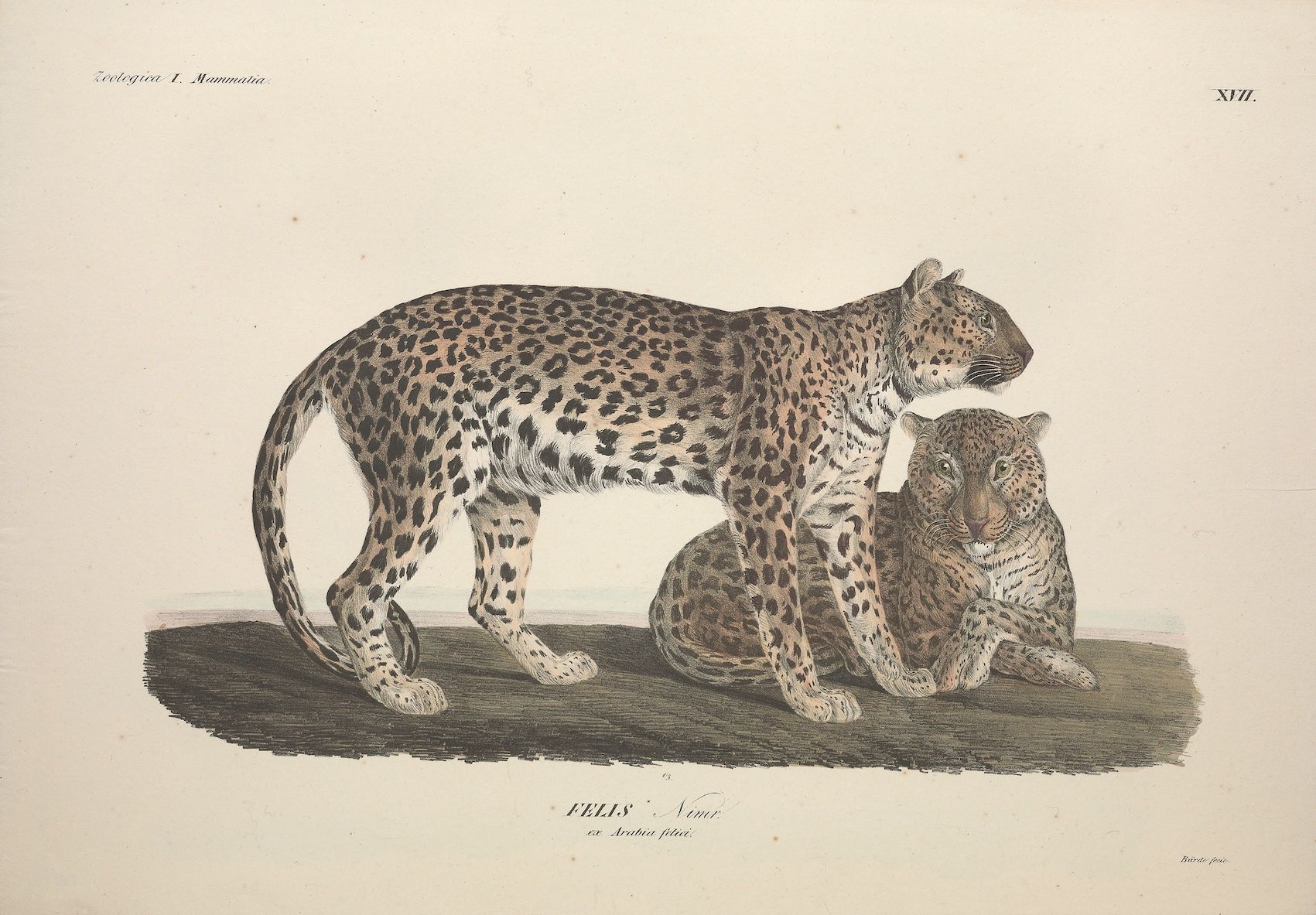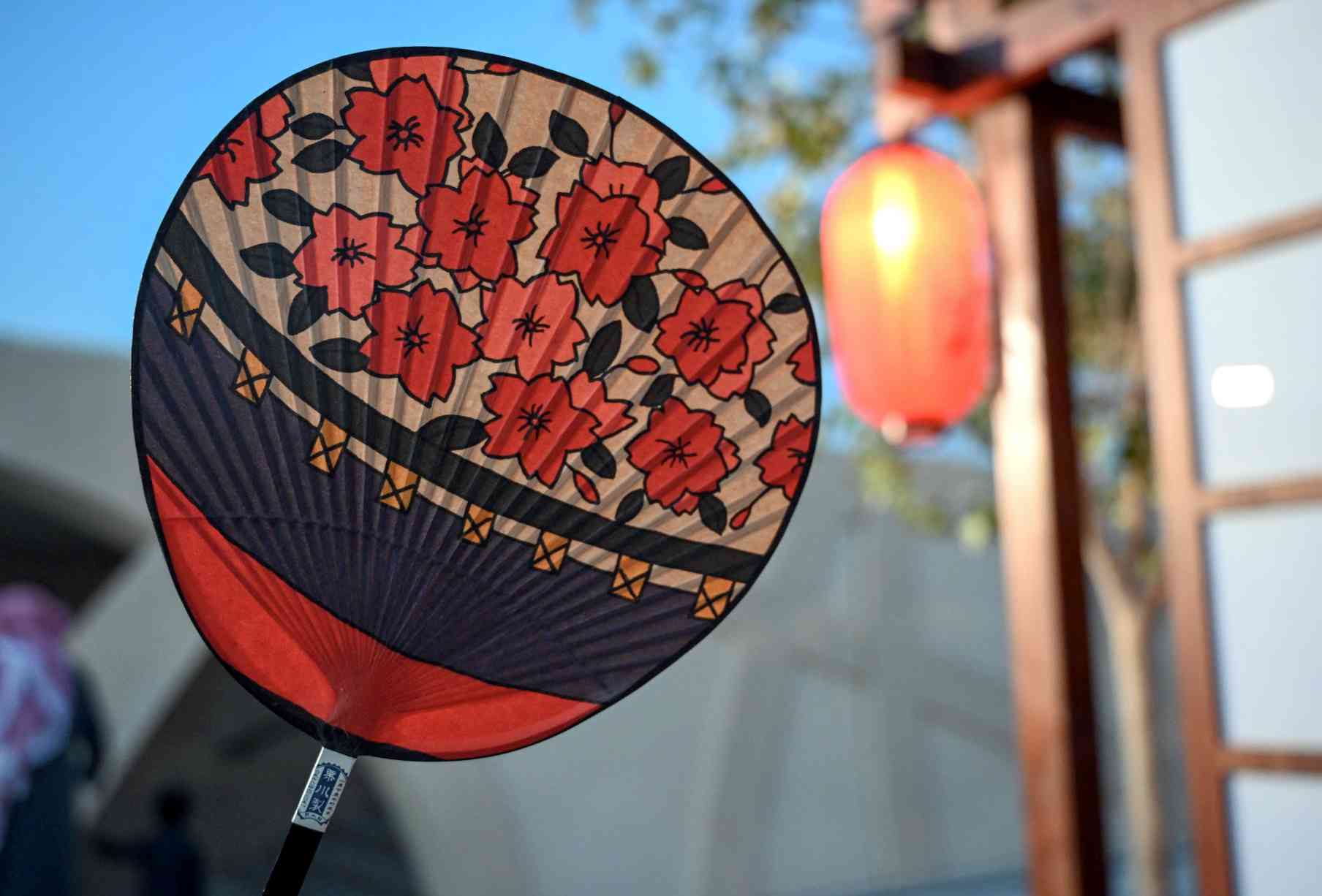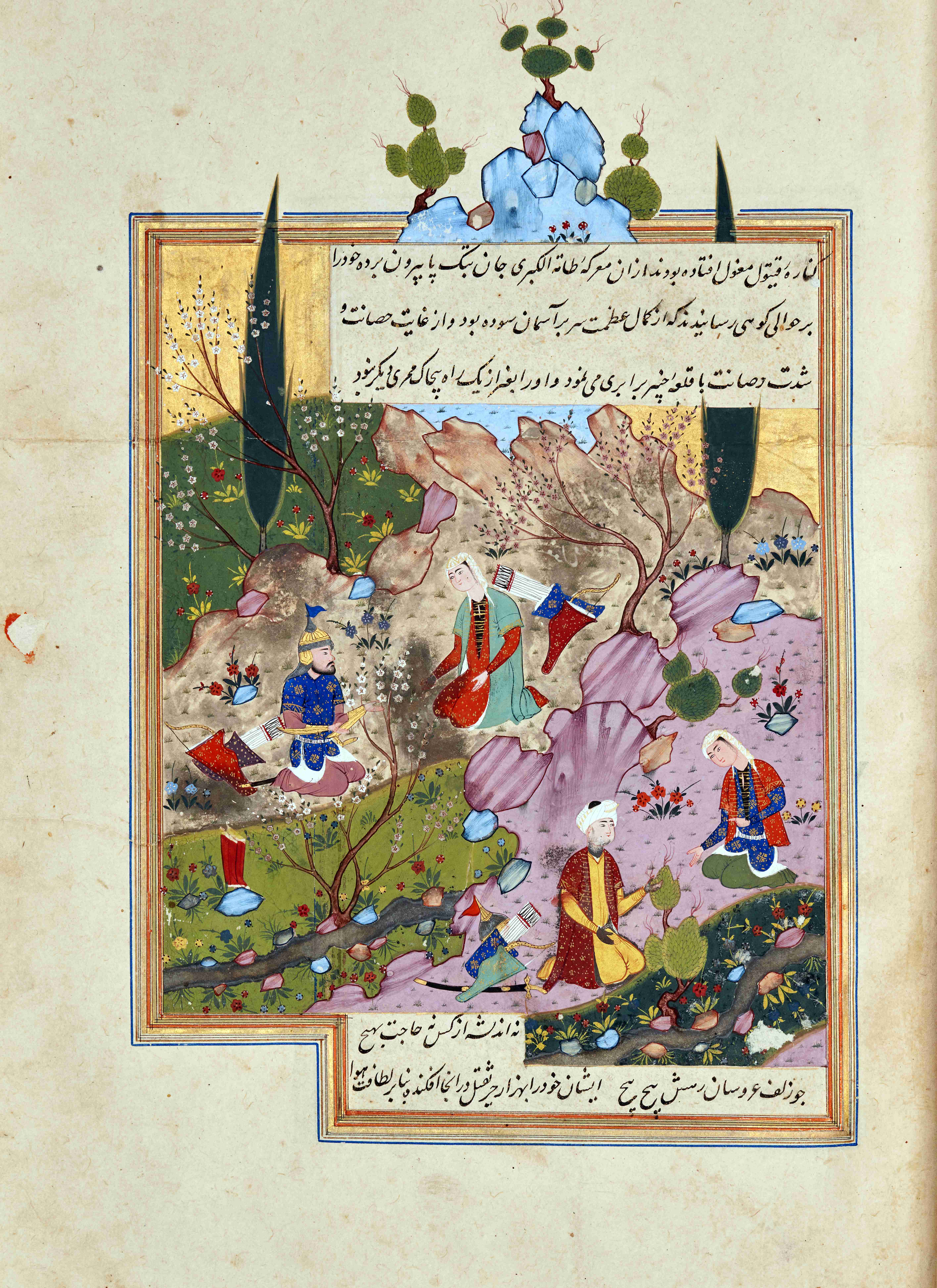Water and Freedom
A falaj in Dhofar, Oman. Photographer: Hussein Al-Mahroos. Source: The Book "Nuzhat Al-Qannas."
In my childhood home, there was a falaj, a water channel that flowed to nourish both people and gardens. The old houses were built in such a way that ensured the falaj passed through them, arriving from neighbors’ homes and leaving to other houses before finally pouring into the gardens. This meant that I could visit my friend by sneaking through the covered water channel between our two houses, swimming my way to her without needing to ask my parents for permission to leave through the front door. It gave us immense freedom and joy, allowing us to befriend many imaginary creatures that lived in the falaj and hid among the moss and small fish. Thus, we became friends with merry gnomes, kind spirits, and transparent girls who looked just like us, but whom no one else could see.
This childhood memory nestled deep in my subconscious until, more than thirty years after those days of swimming through covered channels, defying parents, and conversing with dwarfs and spirits, I found it resurfacing in the lines of my fourth novel, Harir Al-Ghazala (Silken Gazelles). This is what fascinates me about writing: despite the challenges of the process, it delightfully surprises me. It chooses from my memory threads I believed had faded and vanished, only for writing to handpick them and bring them forth. To color them with new hues that didn’t even exist in their original form and weave them into a text entirely different from reality.
At other times, a text writes itself in the moment of encountering nature’s beauty, which seems as though it has just been created, despite having existed long before us, beyond the count of years. Once, I stood at the edge of a forest, tall, endless trees that drew me in with every step I took. I felt myself detach from my body, as though my soul was walking ahead, rushing toward this mysterious call. I ventured deeper, longing to get lost among the trunks, surrendering to where the forest would lead me. My text was being written at that very moment, by my hands, touching the branches, by my veins, by my soul stretching toward the trees.

Renowned author Jokha Alharthi.
When snow blankets the peaks of Jebel Shams (Mountain of Sun), people from the plains take refuge under the shade of palm trees from the midday heat. When the people of Jebel Akhdar harvest roses and pomegranates and press olive oil, the residents of the eastern oases set up enormous cauldrons to boil and dry the dates. While divers plunge into the depths of the Dimaniyat, marveling at the wonders of marine life, shepherdesses roam the mountains, singing eternal songs and healing wounds with the sap of dragon’s blood and the bark of bulbul’s nest trees.
As mothers wail in moonlit desert nights for their daughters who turned into the planet Venus in the sky, the men of the coasts beat massive drums, and the tambourines of celebrations echo to the rhythm of the waves. When car wheels carve paths into the desert, they travel upon the trails of camel caravans that once carried dates, honey, silk, and spices, as well as chests locked around the most precious books and rarest manuscripts. Gold gleamed under this sun, just as mirages did. Adventurers lost their way, while hunters found their direction in the stars. And poetry was born.
If I were to choose a part of this diversity, a single painting from this rich gallery of writing, I would select a color that contains all colors, a path that opens all paths, and a dream worthy of both nature and humankind.

Mahwa Najm (Falling Star) Spring, Dima and Ta'yeen, Oman. Photographer: Hussein Al-Mahroos. Source: The Book "Nuzhat Al-Qannas."


